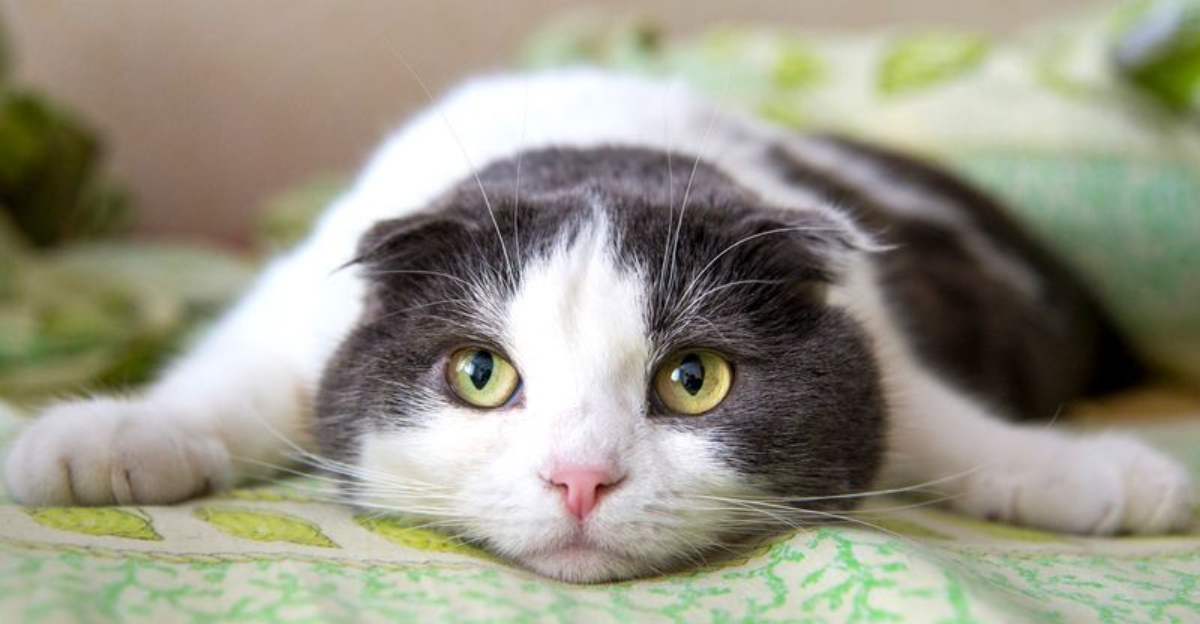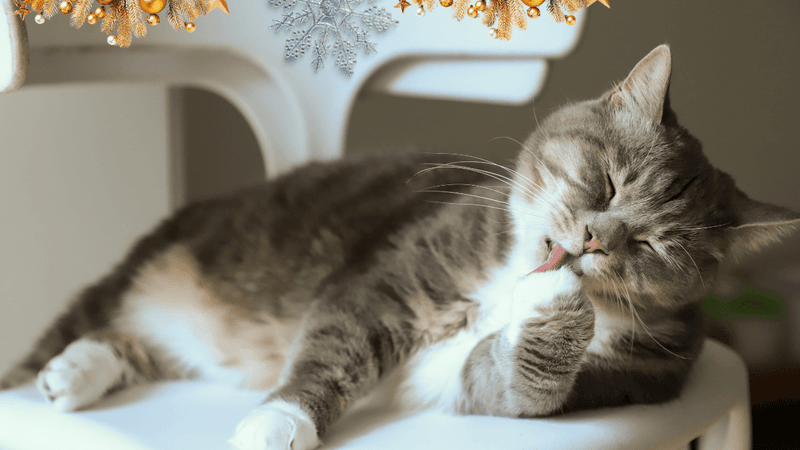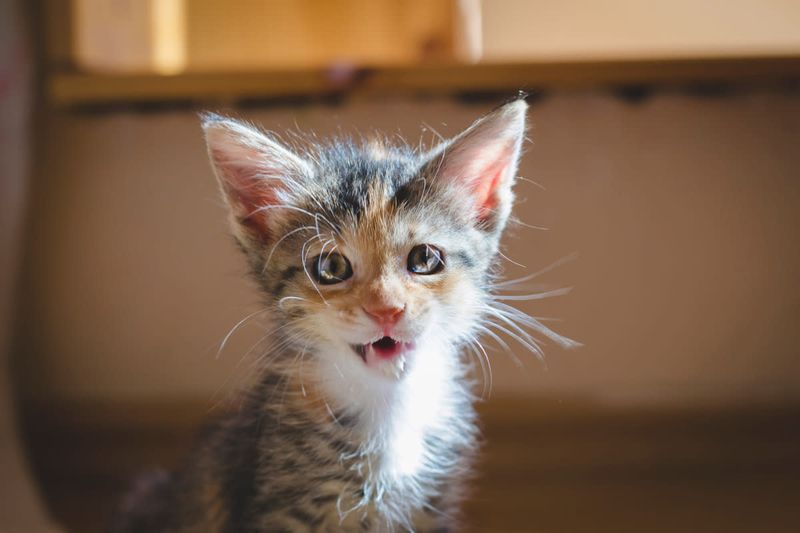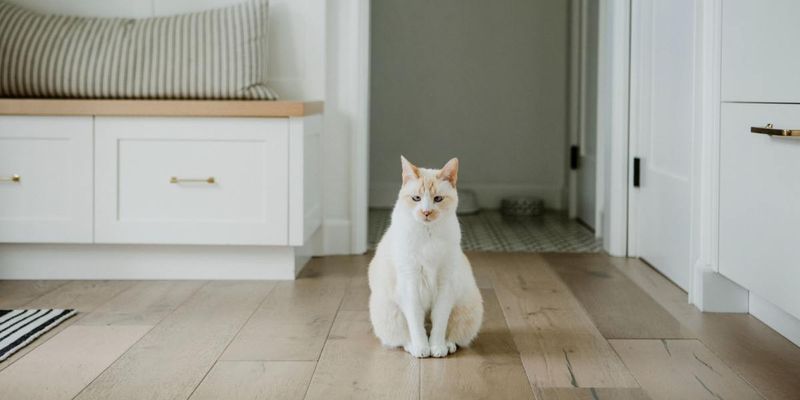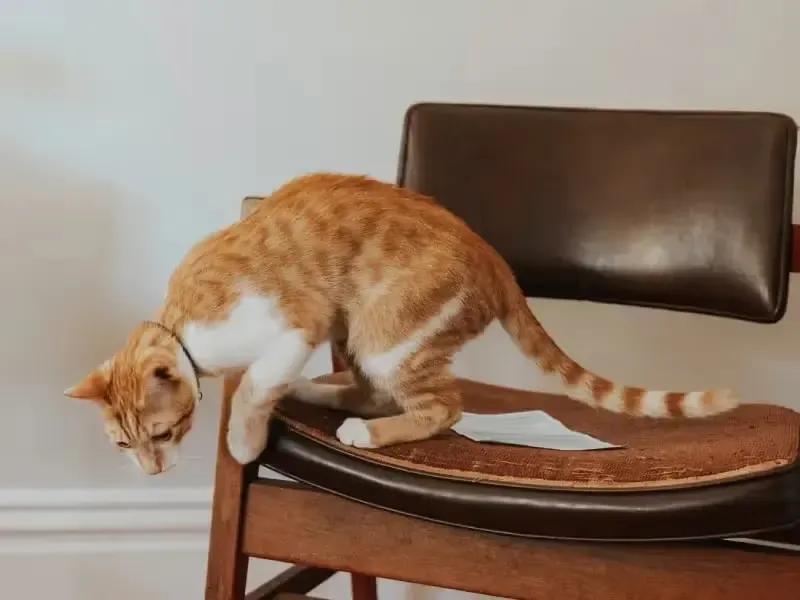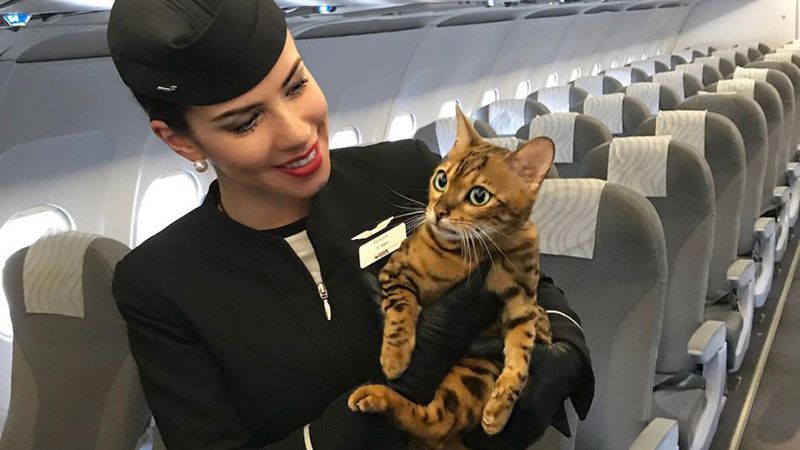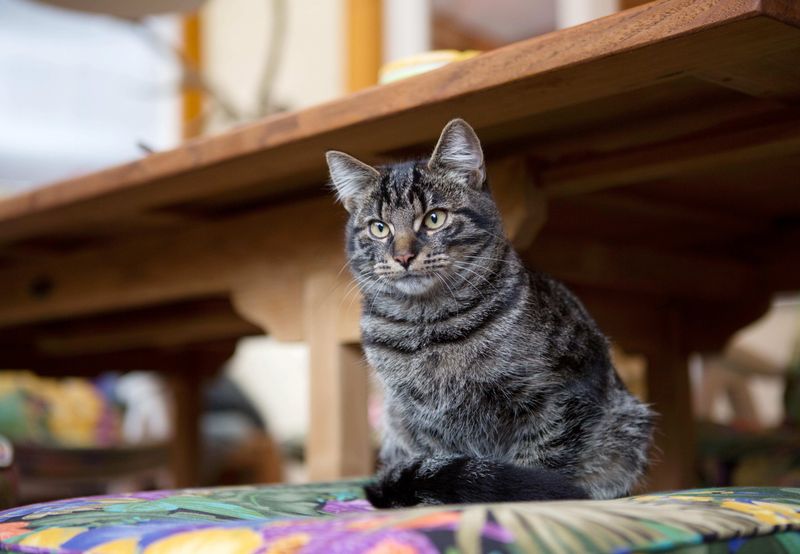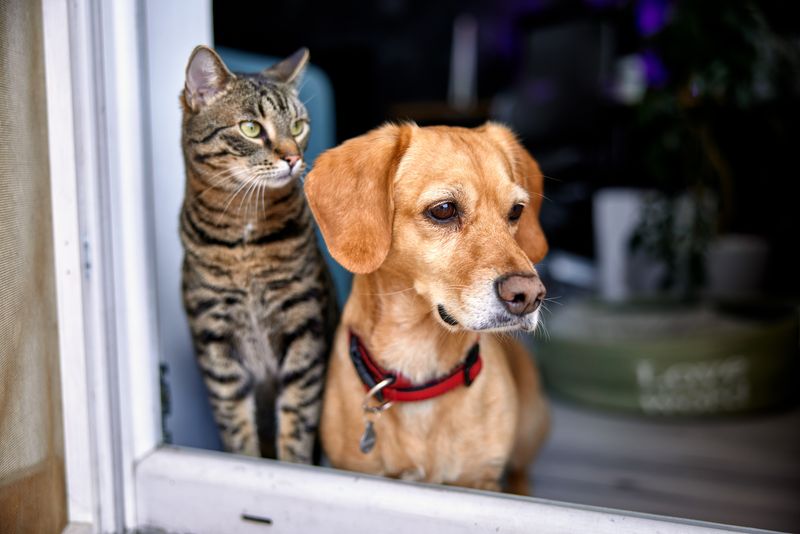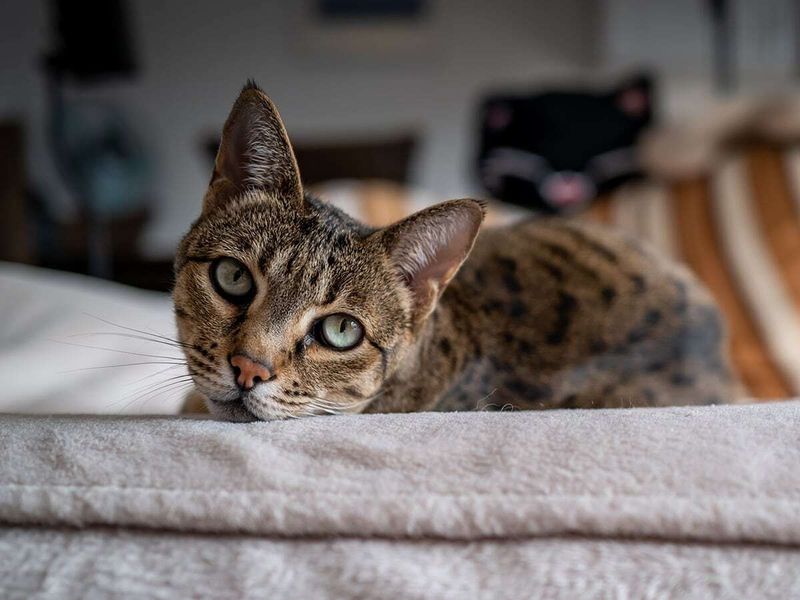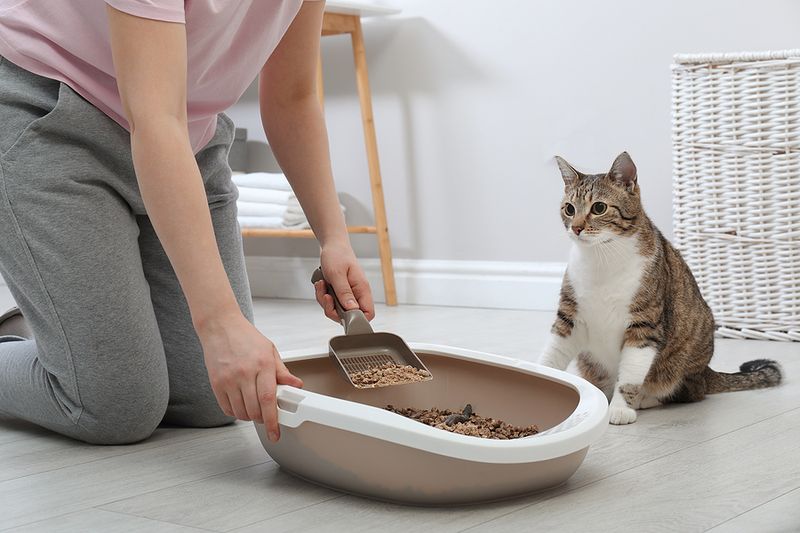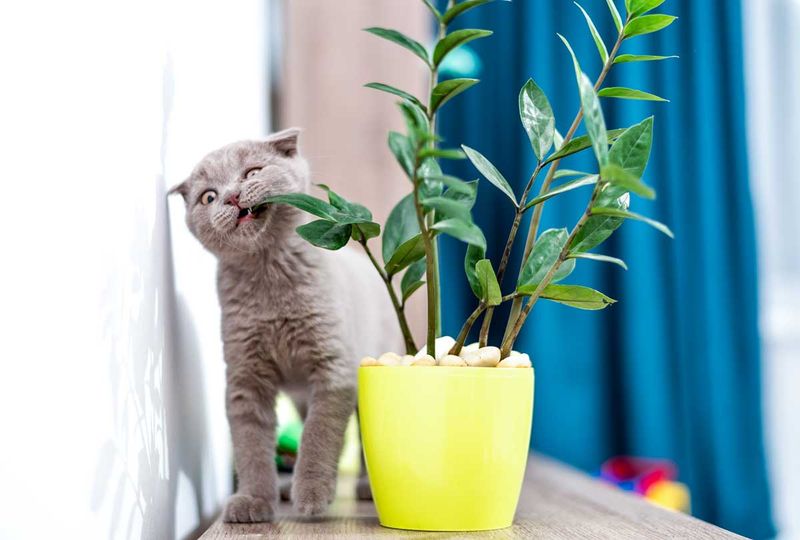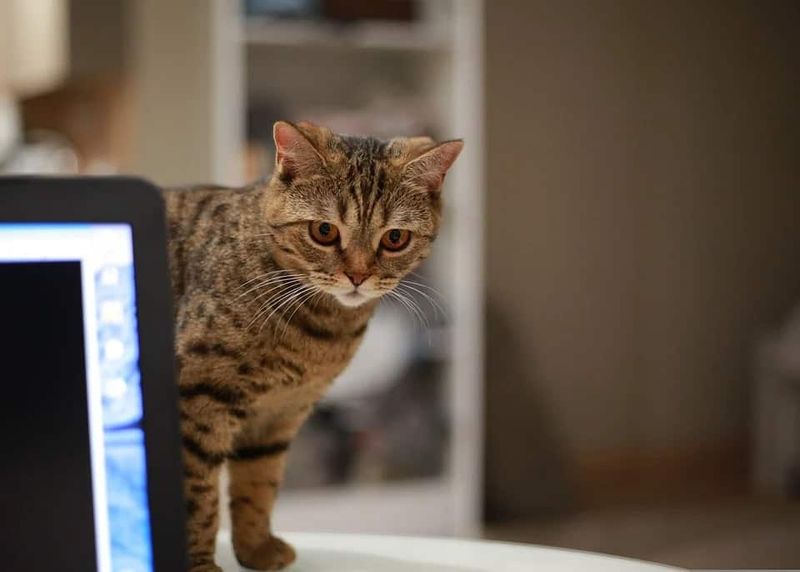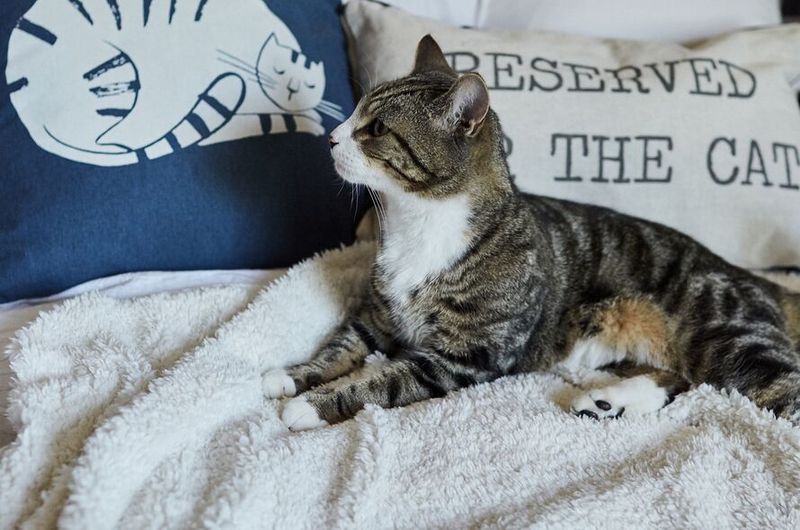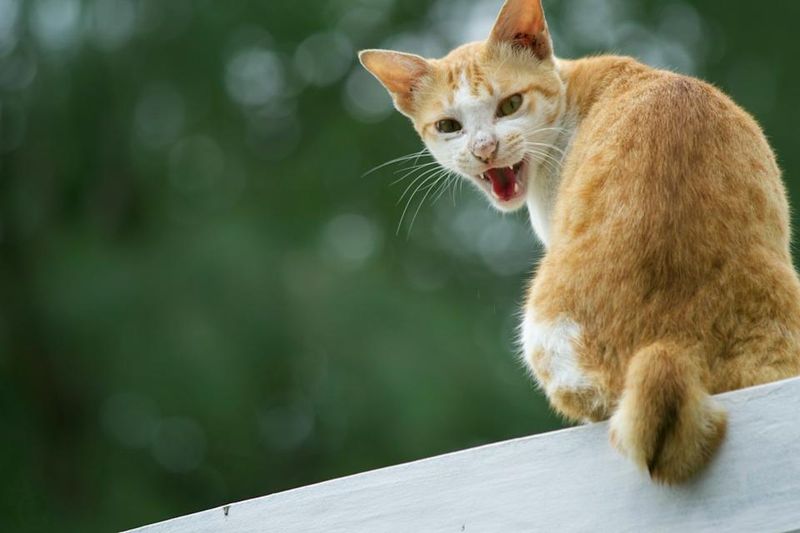📖 Table of Content:
- 1. The Neat Freak
- 2. The Constant Traveler
- 3. The Impatient Soul
- 4. The Allergy Sufferer
- 5. The Minimalist
- 6. The Night Owl Who Needs Silence
- 7. The Helicopter Pet Parent
- 8. The Penny Pincher
- 9. The Dog Person Who Wants Cat Obedience
- 10. The Fragile Collector
- 11. The Germaphobe
- 12. The Highly Sensitive to Smells
- 13. The Plant Enthusiast
- 14. The Highly Scheduled Person
- 15. The Perfectionist Housekeeper
- 16. The Noise-Sensitive Individual
Cats are independent, sensitive animals with unique needs and expectations. Their behavior often reflects their environment and the energy of the people around them. While they can be affectionate and entertaining, they also value consistency, patience, and respect for boundaries.
Not every household or personality type is suited to life with a cat. Certain habits, mindsets, or routines can create stress for both the animal and the person. Recognizing these mismatches early can prevent disappointment and ensure cats are placed in homes where they can thrive.
Adopting a cat should be a thoughtful, long-term decision. Understanding what cats need—and what they don’t tolerate—helps avoid future challenges. For some, the reality of feline care may simply not align with their daily life or expectations.
1. The Neat Freak
Fur on furniture drives them crazy. Cat hair floating through the air sends them into cleaning frenzies. These orderly souls spend hours vacuuming, dusting, and maintaining spotless homes.
Even with daily grooming, cats shed. They track litter. They occasionally knock things over. The neat freak’s constant battle against pet-related messes creates stress for both humans and felines.
No matter how much they love cats, the perpetual cleanup becomes exhausting. Their homes become battlegrounds rather than relaxing spaces, and both cat and owner end up unhappy in this fur-filled war zone.
2. The Constant Traveler
Road warriors who spend more time in hotel rooms than their own bedrooms should reconsider cat adoption. Cats form strong attachments to their territories and thrive on routine, making frequent absences stressful for them.
Unlike some pets, cats can’t simply tag along on business trips or vacations. They need consistent care in familiar surroundings. Relying on pet sitters or boarding facilities too often disrupts their sense of security.
Many travelers underestimate the emotional toll their absences take on feline companions. Cats may develop behavioral issues like inappropriate elimination or excessive grooming when their humans constantly disappear.
3. The Impatient Soul
Quick-tempered people who demand immediate results find cats particularly challenging. Felines operate on their own schedules and respond poorly to forceful training methods or raised voices.
Cats require patience during litterbox training, furniture scratching prevention, and socialization. They learn through gentle consistency, not harsh discipline. The impatient owner grows frustrated when their cat doesn’t immediately comply with commands or expectations.
This personality clash often leads to mutual unhappiness. The human feels disrespected while the cat becomes anxious or defensive. Without the patience to understand feline psychology, these owners create stressful environments where neither party thrives.
4. The Allergy Sufferer
Sneezing, itchy eyes, and hives aren’t just minor inconveniences for serious allergy sufferers. Despite loving cats, these folks face genuine health challenges that make ownership miserable.
Hypoallergenic breeds aren’t foolproof solutions. Many allergic reactions come from proteins in cat saliva and skin oils, not just fur. Daily medications and air purifiers help some people, but others experience symptoms too severe for management.
Living with constant respiratory distress or skin irritation transforms what should be a joyful relationship into a health hazard. When allergies are severe, the kindest choice for both human and feline is to admire cats from a distance.
5. The Minimalist
Those who embrace sparse, clutter-free living find cat ownership disrupts their carefully curated spaces. Cats require essentials like litter boxes, scratching posts, toys, and food stations that inevitably alter minimalist aesthetics.
Beyond the visible items, cats create their own chaos. They claim window perches, leave fur on pristine surfaces, and sometimes damage furniture. The minimalist’s desire for control clashes with a cat’s natural behaviors.
Some design-conscious owners try hiding cat necessities or limiting their pet’s access to certain rooms. This approach often backfires, creating stress for cats who need environmental enrichment and freedom to express natural behaviors throughout their home.
6. The Night Owl Who Needs Silence
Late-night workers or insomniacs who require absolute quiet during daylight hours face a fundamental mismatch with typical cat schedules. Many cats become most active during dawn and dusk, precisely when night workers try to sleep.
Feline dawn zoomies involve racing through the house, playful pouncing, and sometimes howling for breakfast. These natural behaviors prove impossible to eliminate completely, even with play sessions before bedtime.
Sleep-deprived humans grow resentful, while confused cats don’t understand why their normal activities cause frustration. This timing conflict creates tension in what should be a harmonious relationship, leaving both parties chronically stressed.
7. The Helicopter Pet Parent
Overprotective owners who monitor every move their pets make find cats particularly challenging. Felines naturally crave independence and often retreat when smothered with constant attention or supervision.
These well-meaning but overbearing people frequently interrupt natural cat behaviors like exploration or alone time. They worry excessively about normal activities such as climbing or jumping, creating anxiety that transfers to their pets.
Cats sense this nervous energy and may develop stress-related behaviors. The helicopter approach undermines the trust and respect central to healthy human-feline relationships. Both parties end up frustrated – the human because their cat seems standoffish, and the cat because it never gets the necessary space.
8. The Penny Pincher
Financial minimalists who track every dollar face tough realities with cat ownership. Beyond food and litter, cats need regular veterinary care, quality nutrition, and occasional emergency funds that can strain tight budgets.
Unexpected health issues arise even in healthy cats. Dental cleanings, senior care, and chronic conditions like diabetes or kidney disease require significant investment. Skimping on preventative care often leads to more expensive problems later.
Those unwilling to budget for both routine and emergency pet expenses create stressful situations when health needs arise. Proper cat care requires financial flexibility that extreme budget-conscious individuals may find difficult to justify or maintain throughout a cat’s 15+ year lifespan.
9. The Dog Person Who Wants Cat Obedience
Devoted dog lovers often approach cats with misaligned expectations. They anticipate the eager-to-please nature of canines and feel confused when cats don’t come when called or follow commands consistently.
Cats operate differently, valuing choice and independence above obedience. Their affection comes on their terms – sometimes demonstrative, sometimes subtle. Traditional dog training methods like immediate rewards or stern corrections typically backfire with felines.
This fundamental misunderstanding creates frustration for owners who interpret cat independence as stubbornness or lack of affection. Without appreciating cats’ unique psychology, these people find themselves constantly disappointed by perfectly normal feline behavior patterns.
10. The Fragile Collector
Precious figurines, antique vases, and irreplaceable heirlooms face constant danger in homes with cats. Despite careful training, felines naturally explore elevated surfaces and occasionally knock items over through normal movement.
Collectors who display valuable or sentimental items on open shelves experience anxiety watching cats navigate their treasures. Some resort to keeping cats out of certain rooms, which can frustrate curious felines who want full access to their territory.
The conflict between preservation and pet happiness creates ongoing tension. Even well-behaved cats occasionally have playful moments or startle responses that put delicate items at risk. This reality makes cat ownership particularly stressful for those with extensive fragile collections.
11. The Germaphobe
People with strong concerns about hygiene struggle with the realities of litter boxes, occasional hairballs, and cats’ outdoor adventures. Felines groom themselves by licking, walk on surfaces after using the bathroom, and sometimes track litter through the house.
The fastidious germaphobe finds these normal behaviors deeply unsettling. They may obsessively clean or restrict cat movement to maintain their standards, creating stress for both themselves and their pets.
Cats sense tension around their natural behaviors and may develop anxiety or elimination problems in response. The constant cleaning and worrying exhausts the human while confusing the cat, making what should be a loving relationship feel more like a sanitation battle.
12. The Highly Sensitive to Smells
Those with heightened olfactory sensitivity face unique challenges with cats. Even with diligent litter box maintenance, cat households carry distinct scents from food, litter, and the animals themselves that sensitive noses detect immediately.
Multiple cats intensify this issue. Litter box odors, food smells, and occasional accidents create sensory overload for people with smell sensitivities. Air fresheners and cleaning products offer temporary relief but add chemical scents that may bother both humans and cats.
Living in constant sensory discomfort creates resentment toward pets who can’t help their natural odors. The ongoing battle to neutralize smells becomes exhausting, transforming what should be enjoyable companionship into a source of sensory stress.
13. The Plant Enthusiast
Dedicated indoor gardeners face difficult choices with cats in the home. Many popular houseplants like lilies, pothos, and monstera are toxic to felines, creating dangerous environments for curious cats who naturally chew greenery.
Cat-safe alternatives exist, but plant lovers feel limited in their botanical choices. Hanging plants and high shelves help somewhat, but determined cats often find ways to access forbidden foliage.
The constant vigilance required to keep cats from poisonous plants creates anxiety for plant enthusiasts. Each new botanical addition requires research and strategic placement. Some plant collectors ultimately choose between their leafy passions and feline companionship rather than navigating this ongoing safety challenge.
14. The Highly Scheduled Person
Rigid schedulers who plan days in precise time blocks struggle with cats’ flexible attitudes toward routines. Cats occasionally wake owners at dawn, demand attention during important calls, or play energetically during designated quiet hours.
While cats do appreciate some routine, they follow internal rhythms that don’t always align with human timetables. They may suddenly need focused playtime during an important work task or decide 3 AM is the perfect moment for affection.
The schedule-driven person finds these interruptions genuinely distressing rather than merely annoying. Their need for predictability clashes with feline spontaneity. This fundamental mismatch creates friction that can make both parties unhappy despite genuine affection.
15. The Perfectionist Housekeeper
Beyond mere cleanliness, perfectionists who maintain showcase-ready homes face constant challenges with cats. Litter granules appear in unexpected places. Water bowls splash. Fur collects in corners despite daily vacuuming.
These meticulous individuals notice every imperfection – the slight claw marks on furniture, smudges on windows where cats press their noses, and hair on freshly laundered clothes. Their standards create impossible situations where normal cat behaviors feel like personal affronts.
The mental load of continuous cleaning and the inability to maintain perfect spaces leads to resentment. Cats sense disapproval and may become anxious, creating a negative cycle where neither the human nor feline feels comfortable in what should be a shared, happy home.
16. The Noise-Sensitive Individual
People with sound sensitivities or misophonia find certain cat noises genuinely distressing. Nighttime vocalizations, purring during quiet activities, or the scratching of litter can trigger anxiety or irritation far beyond normal annoyance.
Some cats are particularly vocal, with Siamese and Oriental breeds famous for their loud opinions. Even quieter cats make noises during grooming, playing, or seeking attention that sensitive individuals find difficult to tolerate.
Unlike temporary disruptions, these sounds occur throughout a cat’s life. What others find endearing becomes a source of nervous system activation for the sound-sensitive person. This incompatibility often leads to growing resentment despite genuine affection for the animal.
